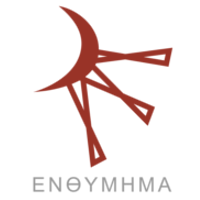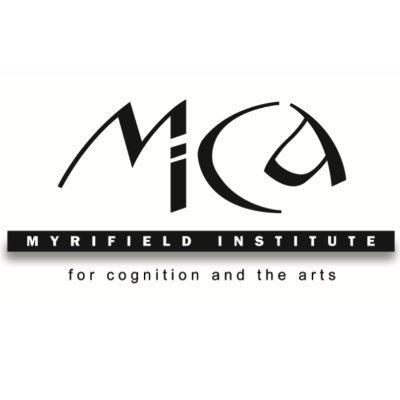
Last paper:
Grazia Pulvirenti, Renata Gambino, Neurohermeneutics. A Transdisciplinary Approach to Literature
- Peer review
- Submit a paper
- Suggest a paper
- Contact us
- Partner program
Max Velmans,
HOW TO DEFINE CONSCIOUSNESS AND HOW NOT TO DEFINE CONSCIOUSNESS
Year: 2009
Topics: Consciousness;
Disciplines: Anthropology;
DOWNLOAD PAPER
Download size: 200.85 KB
Definitions of consciousness need to be sufficiently broad to include all examples of conscious states and sufficiently narrow to exclude entities, events and processes that are not conscious. Unfortunately, deviations from these simple principles are common in modern consciousness studies, with consequent confusion and internal division in the field. The present paper gives example of ways in which definitions of consciousness can be either too broad or too narrow. It also discusses some of the main ways in which pre-existing theoretical commitments (about the nature of consciousness, mind and world) have intruded into definitions. Similar problems can arise in the way a “conscious process” is defined, potentially obscuring the way that conscious phenomenology actually relates to its neural correlates and antecedent causes in the brain, body and external world. Once a definition of “consciousness” is firmly grounded in its phenomenology, investigations of its ontology and its relationships to entities, events and processes that are not conscious can begin, and this may in time transmute the meaning (or sense) of the term. As our scientific understanding of these relationships deepen, our understanding of what consciousness is will also deepen. A similar transmutation of meaning (with growth of knowledge) occurs with basic terms in physics such as "energy", and "time."
Keywords: Conciousness, epistemology, ontology, mind-body problem, Neural correlates.
Project
The Neuro Humanities Studies Network aims at creating a multidisciplinary research community in order to develop and structure a linking platform for neuro-scientific, cognitive topics and humanities.
Click on each keyword to show papers related with it.









